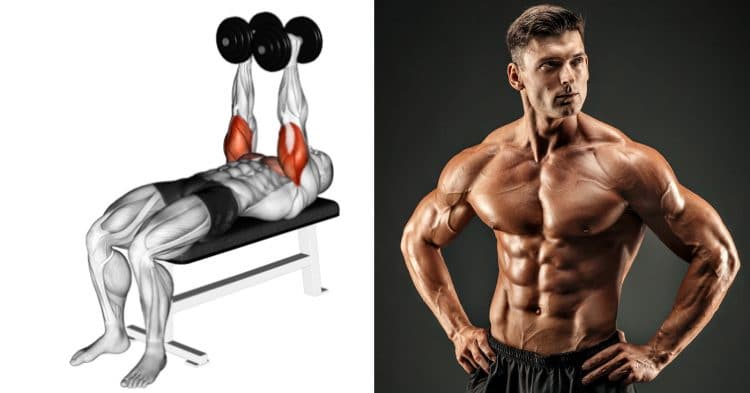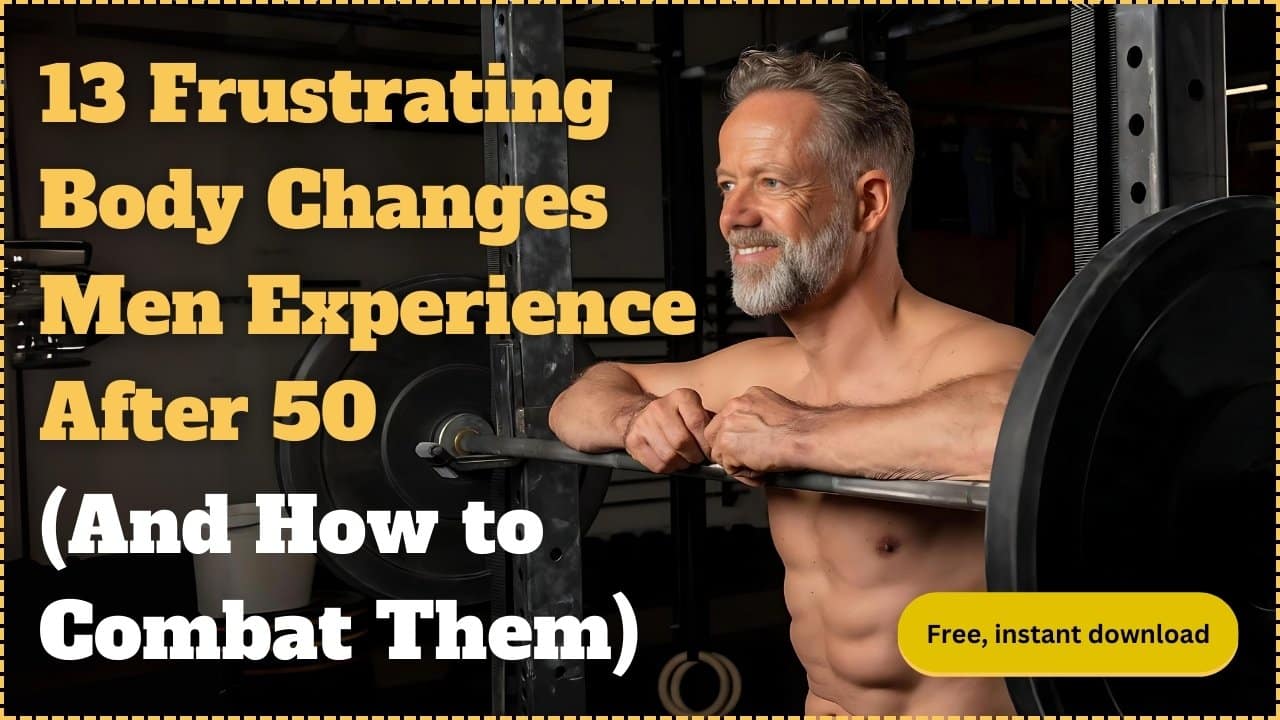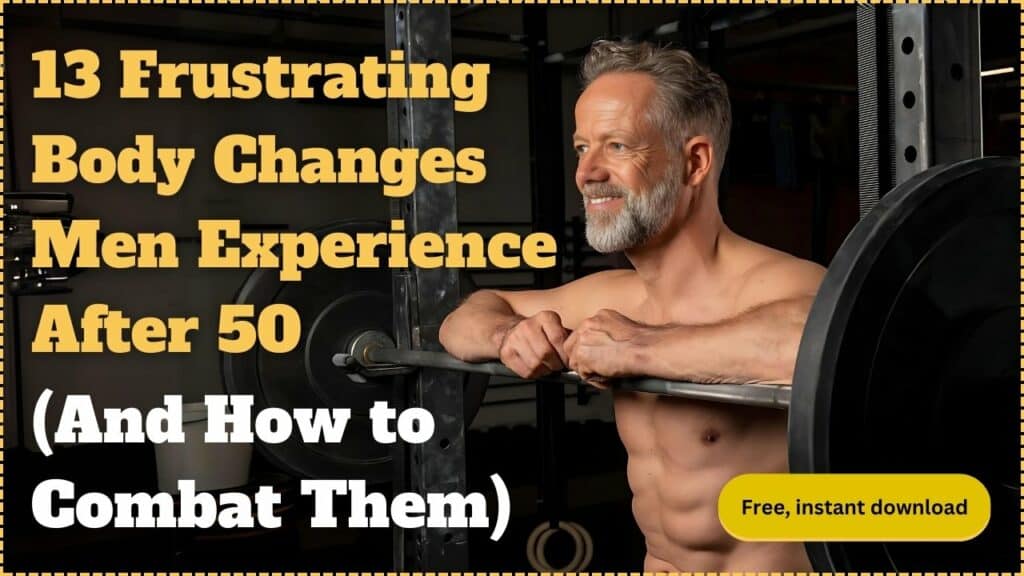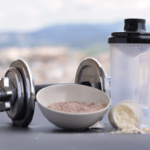Every weightlifter loves the dumbbell bench press. Monday is laughingly often called National Bench Press Day, and a lot of fitness enthusiasts like starting their training week with this classic barbell move.
But, as effective and cherished the bench press may be, it’s true that you can have too much of a good thing! In the realm of weight lifting, there are tons of other chest exercises you can perform to build your upper body.
In this article, we’ll take a closer look at a highly effective and less performed chest exercise – the close grip dumbbell press. This exercise is also known as the dumbbell squeeze press or crush press.
Jump to:
What Is the Close Grip Dumbbell Press?
The close-grip dumbbell bench press is a popular variation of the dumbbell bench press. To execute it, the starting position of your dumbbells should be closer than shoulder width. This targets the triceps and the inner chest. This exercise is performed with lower reps to gain more strength or with higher reps for more muscle growth.
What Muscles Does the Close Grip Dumbbell Bench Work?
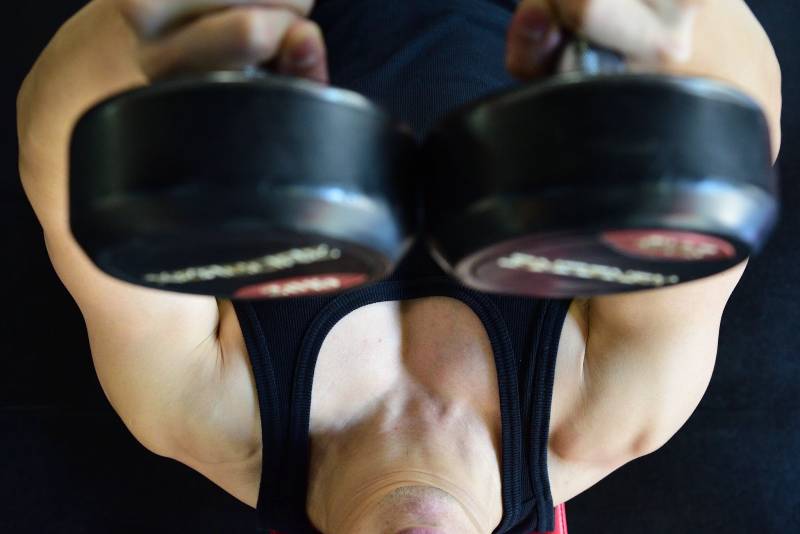
The close grip dumbbell press is a compound exercise, meaning it works several muscles and joints at the same time. Let’s take a look at the main chest muscles targeted by the close grip dumbbell press.
Pectoralis Major
This muscle is also known as the pecs and it is the main chest muscle. The close grip dumbbell press targets your entire chest area and puts a slight emphasis on your inner pecs.
Anterior Deltoids
The anterior deltoids are also known as shoulder muscles. They are located at the front part of the shoulder joint. While doing the close grip dumbbell press, you’re working your pecs, which activates the anterior deltoids. Their activation increases if you do incline close grip dumbbell presses.
Triceps Brachii
The tricep brachii is also called the triceps for short and it is located on the back of your upper arm. The close grip dumbbell press is a good triceps exercise as it is a compound movement that targets more muscles than one..
Rotator Cuff
This one is also known as the supraspinatus, infraspinatus, teres minor, and subscapularis. The rotator cuff is the muscle that stabilizes your shoulder joint.
How to Do the Dumbbell Close Grip Press
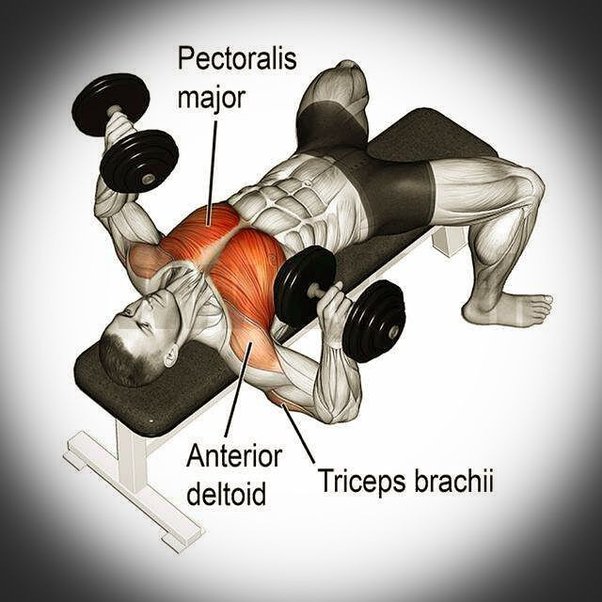
To get the most out of this exercise, it’s essential to do the correct exercise technique. Proper form and starting position will ensure that your exercise is effectively done and will reduce your risk of injury. Start with light weights and give yourself some time to perfect the close grip dumbbell press before you lift heavier weights.
Step-by-Step Instructions
Sit on an exercise bench and hold a dumbbell in each hand. With a neutral grip, place and press the dumbbells together. Pull your shoulders down and back, and engage your abs.
Then, lie on a flat bench and hold the weights on your chest. Press the dumbbells inward as hard as you possibly can. Tuck your upper arms into your sides.
After that, push the weights upwards and make sure they’re over your chest until your arms are straight. Do not lock your arms. Maintain the tension on your pecs by still pressing the dumbbells together.
When finished, lower the weights to your chest and repeat the movement.
Make sure you do not ease up on the inward pressure. Continue pushing the dumbbells together for the whole set duration.
The Benefits of Doing Close Grip Dumbbell Presses
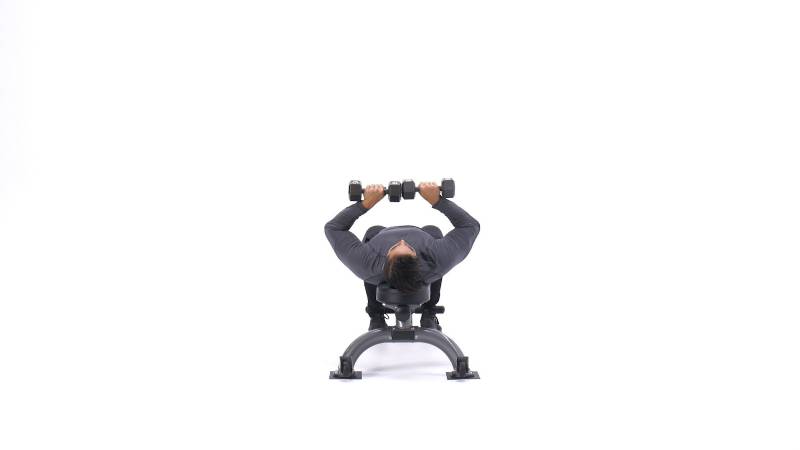
Wondering what makes close grip dumbbell presses so popular? Let’s take a look at their most obvious benefits.
Provide an Effective Workout With Lighter Weights
Pushing a set of dumbbells together activates your muscles. This is another form of dynamic tension training. And since you’re pressing the dumbbells both inwards and upwards, you will still get a great workout and a high muscle activation even when using light weights. This can be a great workout option if you’re training at home or you don’t have access to heavy dumbbells at the moment.
Reduced Shoulder Pain

When compared to the traditional barbell and dumbbell bench presses, close grip dumbbell presses do not put that much strain on your shoulders and thus, can help you experience less shoulder pain. The fact that you’re keeping your upper arms close to your sides and do not use heavy weights reduces tension on your shoulders and makes it easier to perform the exercise.
The close grip dumbbell press is an excellent exercise for weight lifters who find traditional barbell and dumbbell bench presses uncomfortable to perform.
Versatile Exercise
If you keep on repeating the same exercises and movements over and over again, your muscles and body will soon adapt to them and stop growing. The close grip dumbbell press is a great addition to your arsenal of pec exercises. You can add it to your workout routine to keep your workouts more interesting.
Builds Bigger Triceps
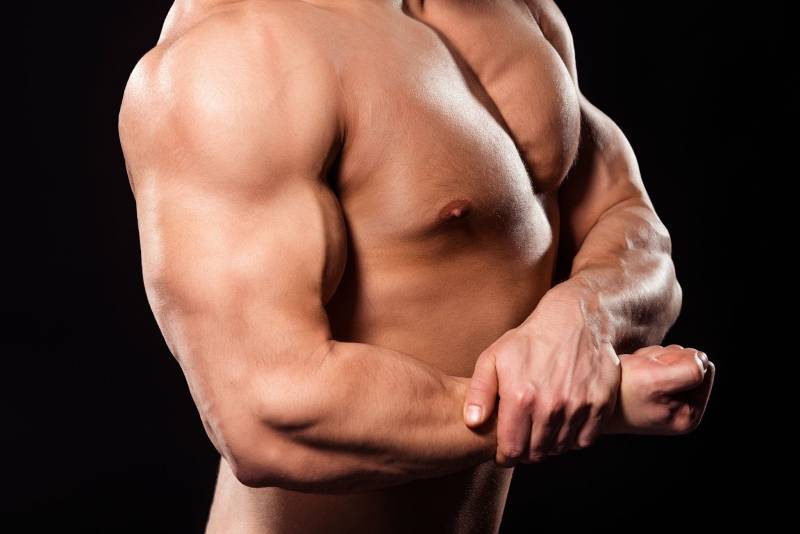
Although the close grip dumbbell press is most certainly a chest exercise, it puts your arms through a large range of motions, which also makes it a great triceps exercise. Just like narrow grip barbell bench presses are very useful for building your triceps, so are close grip dumbbell presses.
Exercise Variations and Alternatives
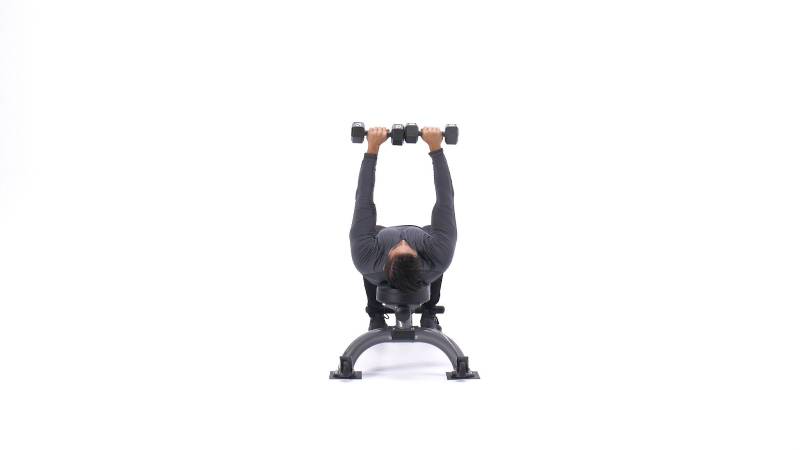
If you want to spice up your workouts, you don’t have to stick to the close grip dumbbell press exclusively. You can do a few other variations which can maximize your chest muscle gains and help them develop faster.
Incline Close Grip Dumbbell Press
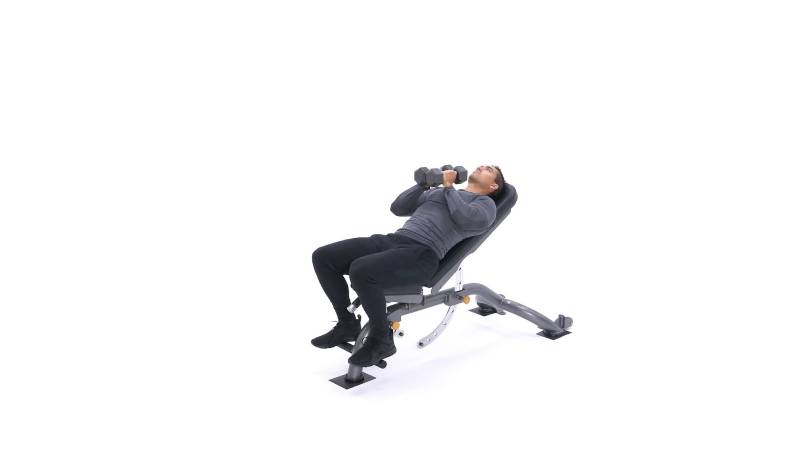
To target both your upper and inner chest muscles simultaneously, do the close grip dumbbell presses on an incline bench. To get the most out of this movement, you should experiment with with a starting position at angles from 15 to 45-degrees.
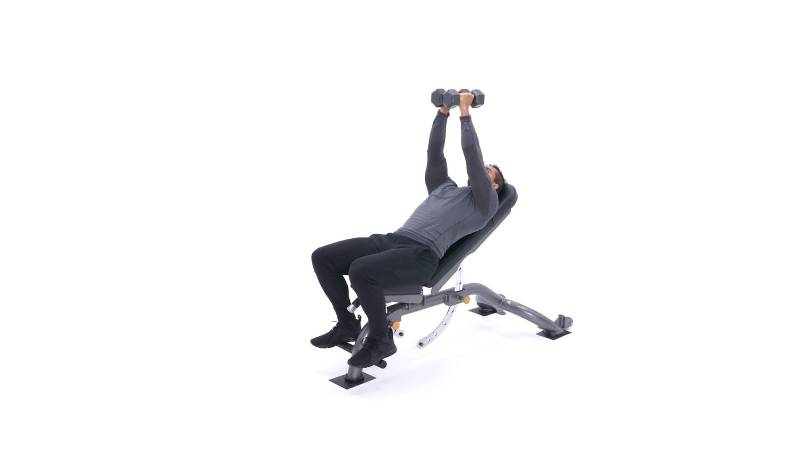
Keep in mind that the steeper the angle is, the more your deltoids will get activated. You might also notice that you are slightly weaker when working out in an inclined position than you are when working out on a flat bench.
Decline Close Grip Dumbbell Press
Setting your bench to a 15 to 20-degree decline is a great way to boost lower pec muscle activation. Most weight lifters find it easier to perform decline presses as they feel stronger when in this position. This is due to the fact that decline presses require a slightly shorter range of motion and are usually easier on the shoulders.



